QuestionI have a 9 month old golden retriever. I have been taking her for runs with my bike every night that equal about 1 mile. (I work and so she is crated for the day and has all this energy at night) I have heard that short sprints are better for dogs than long runs. Which is true? Thanks for your advice.
Lori
Answer****Follow UP*****
Though having a dog run a mile or two is safe, assuming it's in condition and it's done correctly (as I've stated below), you should probably speak to your vet about running your puppy now, since she is under a year old. Ask your vet if you should wait until your puppy is a year to 18 months of age, so her bones will have a chance to develop correctly.
Hi Lori,
Long runs are dangerous for a dog, when they are not in condition for it, just like for people.
You didn't say how long you've been running with your dog, or if you have been building the distance you have her run.
When you start out with your dog, do a fast trot to "warm up"; as you complete this warm up, go increase your speed so the dog starts to run / gallop very hard beside you, then slow down to a trot again, increase your speed for one more sprint / gallop and finish off the run at a fast trot.
As the dog's conditioning improves, increase the number of sprints to a maximum of 4, each of them separated by a 300-500 meter cool down trot.
Dogs don't complain - and therein lies the problem. Your dog wants to make you happy, so she won't tell you if she's in pain - and she may even ignore the pain.
The most common canine injury is a torn cruciate ligament, which can cause arthritis and may require surgery. Still, if running together is quality time you and your dog enjoy, here are some pointers for exercising safely:
Since your dog is young, and has been going on these runs with you nightly, she probably is in good condition and can go for a mile run without stopping for a break. If you go for a longer run, like 4-5 miles, you should stop twice to give her water and let her have a little break. If you go longer, stop more often.
Experts suggest running with your dog on soft terrain such as grass or dirt because it's much easier on their joints. Carry bottled water so you can keep your dog hydrated.
When running your dog, never have her gallop DOWN hill. If you are going down hill, the dog must be at a trot.
When running your dog, be sure that all movement is straight forward, not twisting or side to side. Twisting movements greatly increase the risk of injury.
Do not feed the dog for a good 3 hours before exercising. As well, you should wait at least an hour after an exercise session to feed or heavily water your dog. Controlling food and water intake in this way reduces the risk of bloat (a serious, life-threatening condition of large breed dogs).
If you notice your dog panting heavily or limping, vets say, stop and check all four legs and paws - the animal may have injured a paw-pad on broken glass, for example. If that's the case, stop running and take the dog to a vet immediately.
I hope I've been a hlep. Best of luck.
Patti

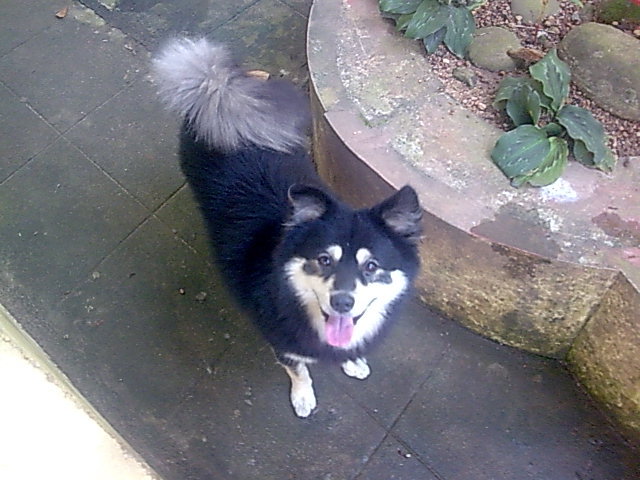 pooping and peeing
Question
snoopy
hi, my name is praveen n i have a dog t
pooping and peeing
Question
snoopy
hi, my name is praveen n i have a dog t
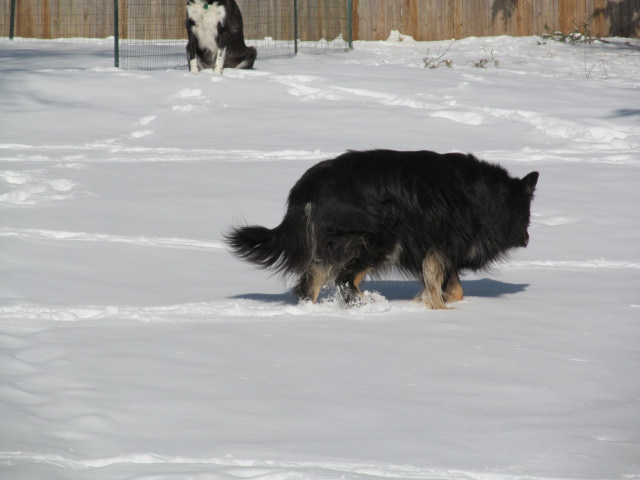 Old dog, old owner, grooming issues
Question
Jessis
I have a 13-yr-old German shephe
Old dog, old owner, grooming issues
Question
Jessis
I have a 13-yr-old German shephe
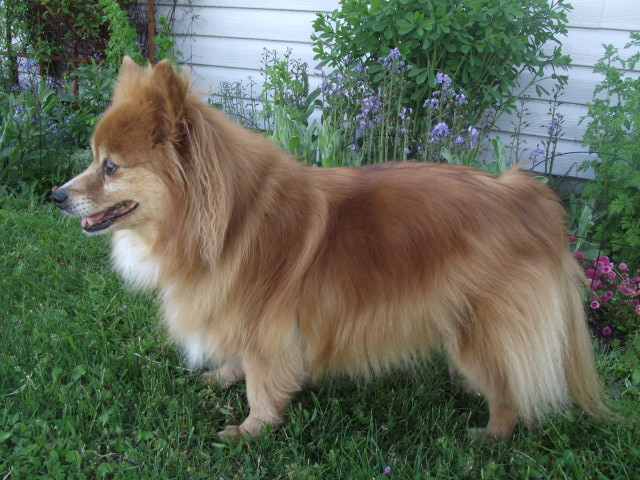 Shaving a Pomeranian
Question
Brandy my Pomeranian!
I have a few ques
Shaving a Pomeranian
Question
Brandy my Pomeranian!
I have a few ques
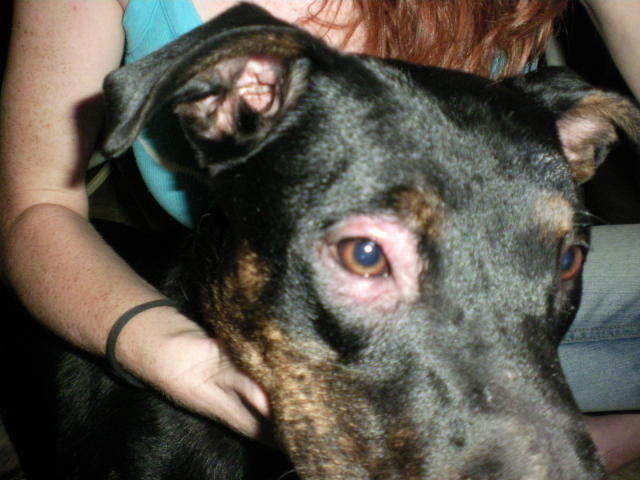 7 month old blue healer mix (Cloe)
Question
cloes right eye
Cloe was having really bad eye
7 month old blue healer mix (Cloe)
Question
cloes right eye
Cloe was having really bad eye
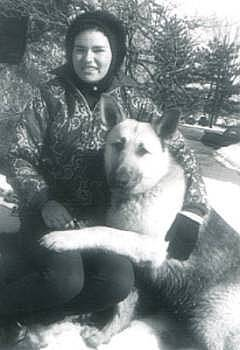 What dog is right for me?
QuestionHi,
my name is Miriam and I am 12 years old.
What dog is right for me?
QuestionHi,
my name is Miriam and I am 12 years old.